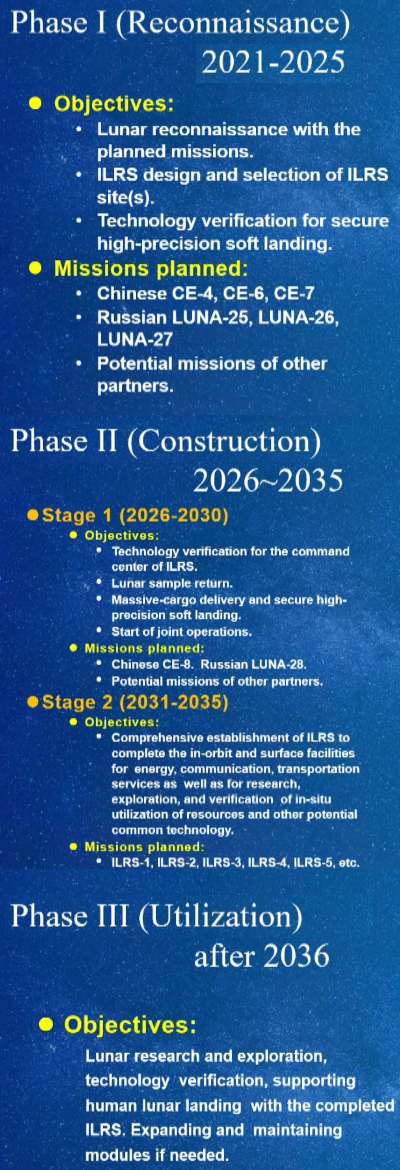Soyuz-2 launches new Russian GPS-type satellite
Russia early today launched another satellite for its Glonass GPS-type constellation, using its Soyuz-2 rocket lifting off from its Plesetsk launch site.
After the Soviet Union fell in 1991, Russia’s Glonass constellation withered, with the country for years unable to replace the satellites as they aged and died. Only after free enterprise was encouraged in the 1990s and 2000s and the economy began to boom did the Russian government finally have enough tax dollars to begin launching replacements.
The Russian invasion of the Ukraine will certainly put a crimp in this recovery. As has Putin’s policy of using the government to nationalize many industries, such as its aerospace sector.
The leaders in the 2022 launch race:
46 SpaceX
43 China
13 Russia
8 Rocket Lab
7 ULA
American private enterprise still leads China 66 to 43 in the national rankings, and the entire globe combined 66 to 64.
Russia early today launched another satellite for its Glonass GPS-type constellation, using its Soyuz-2 rocket lifting off from its Plesetsk launch site.
After the Soviet Union fell in 1991, Russia’s Glonass constellation withered, with the country for years unable to replace the satellites as they aged and died. Only after free enterprise was encouraged in the 1990s and 2000s and the economy began to boom did the Russian government finally have enough tax dollars to begin launching replacements.
The Russian invasion of the Ukraine will certainly put a crimp in this recovery. As has Putin’s policy of using the government to nationalize many industries, such as its aerospace sector.
The leaders in the 2022 launch race:
46 SpaceX
43 China
13 Russia
8 Rocket Lab
7 ULA
American private enterprise still leads China 66 to 43 in the national rankings, and the entire globe combined 66 to 64.










